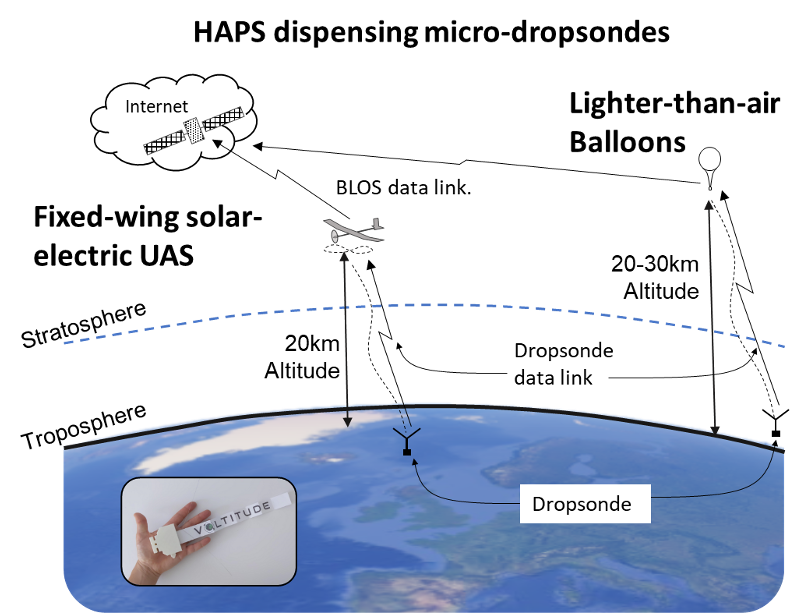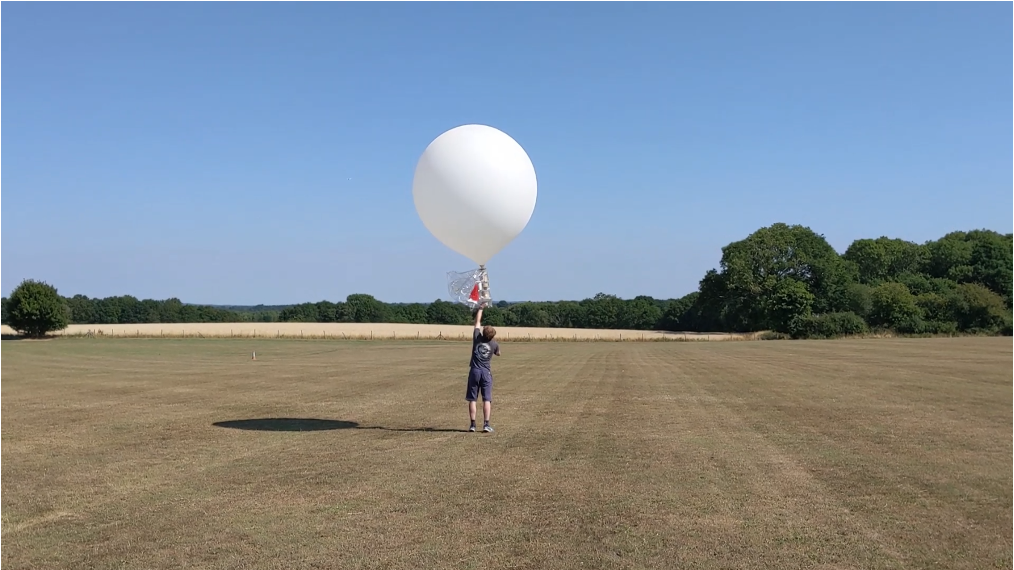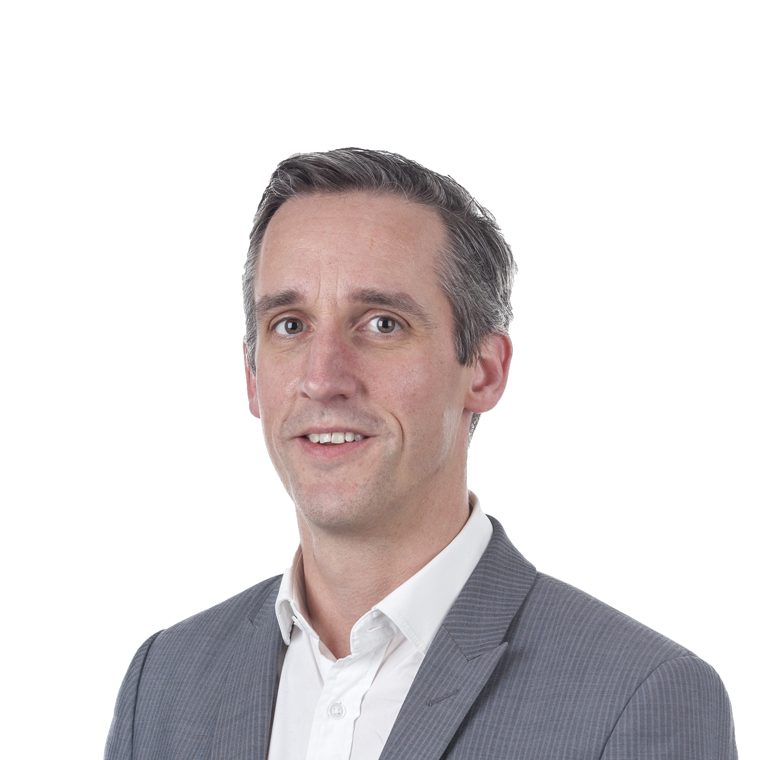EU Targeted Meteorological Observations from the Stratosphere (TMOS) project – A Perspective by Voltitude
Interview with Paul Stevens, CEO of Voltitude
Voltitude, along with its consortium partner, Formtech Composites Limited, successfully applied for a Demonstration project called TMOS that was funded by the Horizon 2020 UFO project. In less than a year after their project ended, on the back of the initial €60k investment from the UFO project, the company was able to secure £700k of revenue, over a factor of 10 in return.
Background
Voltitude is a start-up company that was founded in September 2020 by Paul Stevens and two former colleagues of his to explore new technologies, applications and payloads for the stratosphere. In a previous role, Paul was the Head of HAPS (High-Altitude Platform Systems) Design at Airbus working on the Zephyr solar-electric aircraft. Building on this experience, Paul was keen to open up the stratosphere to new services and applications and particularly interested in meteorological observation data.
Captivating imaginations
Initially, Paul and his team were looking at fixed-wing aircraft and platforms similar to Zephyr. However, what they proposed for the UFO challenge was built around their interest in exploring the feasibility of creating a tiny sensor that could be released from a High-Altitude Platform to fall through the stratosphere all the way to sea level, sampling the atmosphere as it falls. This idea was originally just a small side project that captivated imaginations, and Voltitude started to focus the platform development on this mission.
The UFO-funded TMOS (Targeted Meteorological Observations from the Stratosphere) project enabled Voltitude to develop a new type of weather sensor, a so-called micro-drop sonde, and to establish a successful collaboration with the specialist composite company Formtech Composites Limited. Formtech specialises in very thin-walled carbon fibre structures and in new ways of creating structures that are extremely light-weight and could be used to support a new generation of payloads on stratospheric platforms. They created a new type of pod to house the sensor. Paul described their collaboration as a natural marriage and the two companies have since developed a great teaming relationship and mutual long-term interest and are continuing to work together.

Commercial value of more accurate weather data
In terms of how the actual measuring of the weather data works, Paul explained that the micro-dropsondes, developed by Voltitude and housed in the light-weight pods developed by Formtech, are taken up to the stratosphere on a High-Altitude platform / balloon, and then safely released and dropped all the way down to sea-level. Whilst they are falling, the drop-sondes sample the atmosphere and collect data which they radio back to the pod. The pod then disseminates that data via satellite to Voltitude’s computer servers where it is error-checked and quality-controlled. The aim is then to sell that data to the private weather industry and also provide it as a service to meteorologists doing weather forecasting.
The unique capability of this system is that it can be deployed at low cost in very remote areas of the globe where there are no other sources of high-resolution data. Paul highlighted the fact that there is significant commercial value in weather data which is often unrecognised. The world’s economy is critically dependent on having better and more accurate weather and climate data, be it for more accurately forecasting and better mitigating extreme weather events, or for the agricultural sector, the insurance sector, the energy sector and predicting energy demand, the ability of renewable to be produced and making plans for energy production, etc.

Impact of European funding
The UFO project allowed Voltitude to take quite a big technical risk and go through an advanced prototype which can be used in real-world environments. Voltitude went through a very advanced prototype and dispensed the prototype drop-sondes from a balloon and measured their data to demonstrate a proof of concept. This was so impactful that they were able to advance that same demonstration to a higher level of service and win contracts with larger organisations that wanted to pull that technology through. They are currently engaged in demonstration business phase where large organisations that have a strategic interest in getting weather data from remote parts of the world are effectively paying Voltitude to perform demonstrations of the capability and start to understand how the technology could solve their problems.
Thanks to the UFO funding Voltitude was also able to expand the team from 3 to 8 people and they can contribute all their current revenues to the UFO funding from Horizon Europe. In less than a year, they were able to transform the €60k of UFO funding into revenue of more than £700k, over a factor of 10 return.
It’s still early days, but apart from the commercial benefits, there will also be important societal benefits that could result from Voltitude’s innovation, helping to make society more robust and resilient to extreme weather events. To realise these benefits, Voltitude would like to work with the world’s forecasters to produce much more accurate weather forecasting, which will allow earlier warning of extreme weather conditions and better preparation for extreme weather events. This could be from tropical storms hitting islands to intense flooding in Europe, etc. Work is already underway using the sensors operating from the stratosphere to better forecast intense cold and hot spells.
The UFO funding was a great door opener and a terrific enabler for us. It allowed us to talk to different organisations, particularly government organisations. Andy Bennett from Innovate UK KTN connected us to the European Centre for Medium-Range Weather Forecasts to whom we spoke at length and which enabled us to develop high- priority use-cases.
Further opportunities and collaborations
Moving forward, Voltitude will continue demonstrating its technology and capability showcasing how it can add value to the overall weather services business; how it can help to provide solutions; the benefits that come with having more accurate data; and how viable business models can be generated from the data. Potential collaborations that they are exploring are in particular with academia, universities, and national weather institutions like the UK Met Office and the European Centre for Medium-Range Forecasting. They are already engaged in the demonstration of collecting observation data in the winter at the North Pole. Voltitude is also engaged in conversations with partners in North America who would like to use their weather data to better predict energy consumption, production and demand.
![]()
For more information about Voltitude, visit https://www.voltitude.co.uk/
![]()
For more information about Formtech Composites, visit http://www.formtech-composites.co.uk/
Related programmes

Horizon Europe
Horizon Europe is an opportunity for all types of UK organisations (including businesses and academia) to get funding for research and innovation.


